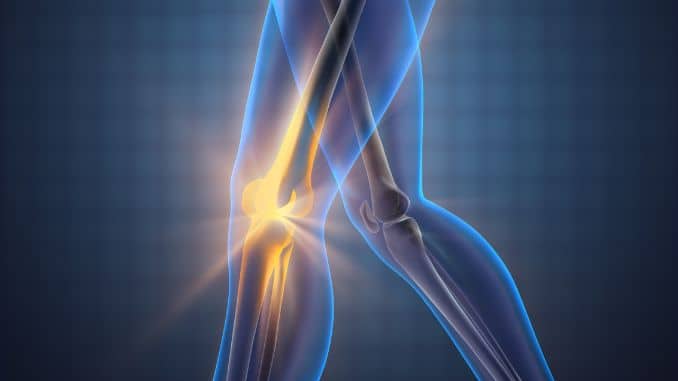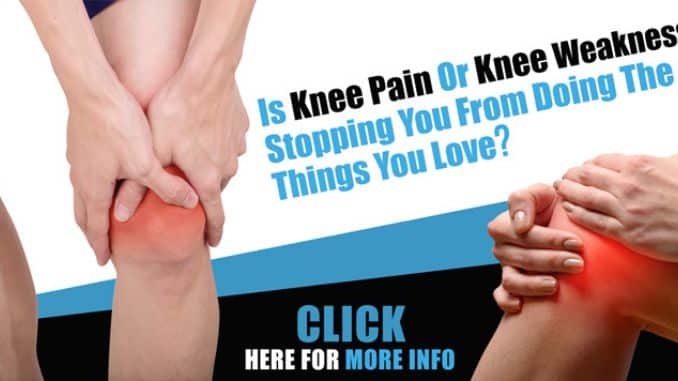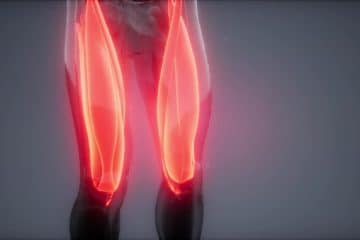Popliteus Stretch, the popliteus is a small but important muscle in the knee that helps unlock the joint by rotating the shinbone. It plays a crucial role in stabilizing the knee and preventing injury during movements like walking, running, and bending. Understanding its function is key to maintaining knee health and mobility.
What Is The Popliteus Muscle?
The popliteus muscle (1) begins at the outer part of your thigh bone and extends to become a ligament that attaches to the upper part of your shin bone. It also connects to the back part of the knee cartilage. This muscle helps start the bending motion of the knee joint. Although a small muscle, the popliteus is vital for normal knee movements during activities like walking, running, and other knee bending.
The function Of Popliteus Muscle
This study from Science Direct (2) examined the popliteus muscle's function in various knee positions and underweight using shear wave elastography. It was discovered that this muscle primarily aids in bending the knee and turning it inward. The muscle's stiffness increased when weight was applied and during actions like straightening the knee or turning it outward. However, this stiffness decreased when the knee was slightly bent while standing on one leg, indicating that the muscle's activity varies with the knee's position and load.
What Causes Tight Popliteus Muscle?
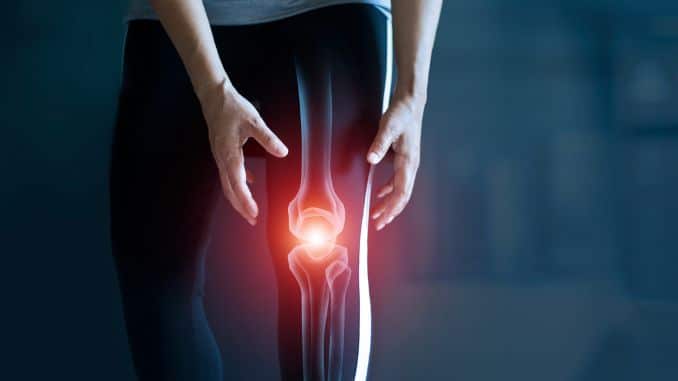
1. Lack Of Stretching
Not incorporating regular stretching routines, especially for the muscles around the knee, can lead to tightness.
2. Overuse Or Repetitive Movements
Engaging in activities that repeatedly strain the knee joint, such as certain sports or exercises, may result in muscle tightness.
3. Muscle Imbalance
Weakness or imbalance in the muscles surrounding the knee can cause the popliteus to compensate, leading to tightness.
4. Inactivity
Sedentary lifestyles or prolonged periods of sitting can contribute to muscle tightness, including the popliteus.
5. Injury Or Trauma
Previous injuries to the knee, strains, or trauma can cause the popliteus muscle to tighten as a protective response. Though less commonly known, chronic conditions of the popliteus tendon are typically referred to as tendinopathy and are often observed in runners. The symptoms of this condition can resemble those of lateral meniscal tears.
Importance Of Stretching The Popliteus Muscle
Stretching the Popliteus muscle is crucial for various reasons, encompassing:
-
Enhanced Flexibility
Stretching the popliteus improves flexibility in the muscles and tendons surrounding the knee joint, aiding in knee flexion and contributing to overall joint function.
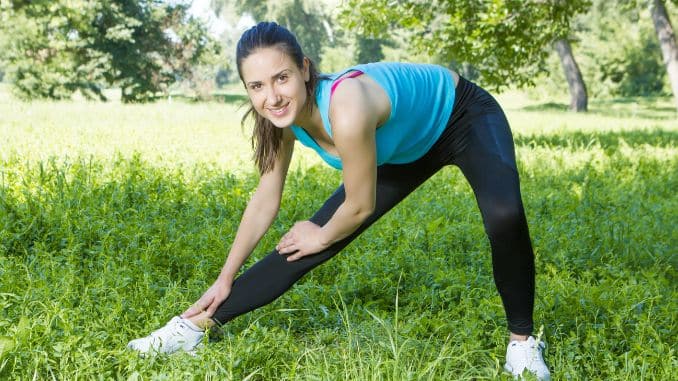
-
Tension Alleviation
A tight or strained popliteus muscle can contribute to discomfort at the back of the knee and potentially cause knee pain. Stretching, such as quick desk stretching at work, helps alleviate this tension, providing a more comfortable range of motion with legs straight.
-
Injury Prevention
Maintaining suppleness in the popliteus and surrounding muscles can prevent injuries, including popliteus muscle injury or popliteus tendon issues. Flexible muscles are less prone to popliteus strain during athletic exercises.
-
Performance Enhancement
Incorporating popliteus stretches into a warm-up regimen may aid athletes and those engaged in physical activities, preparing muscles for activity, potentially improving performance, and lowering the risk of injury through internal and external rotation.
-
Joint Health
Sustaining flexibility in knee muscles, including the popliteus, contributes to overall joint health, preventing stiffness and maintaining proper joint alignment. This is particularly important for the lateral meniscus, lateral femoral condyle, and lower leg health.
Remember to stretch gently and avoid overexertion, especially if you are new to stretching or have concerns about pain related to popliteus tendinitis, knee trauma, or shin bone. Consult a healthcare professional for personalized advice, especially if you experience persistent knee pain or discomfort in the affected leg. Sports physical therapy may be beneficial to alleviate pain and address specific concerns related to the popliteus muscle.
Knee-Friendly Stretching
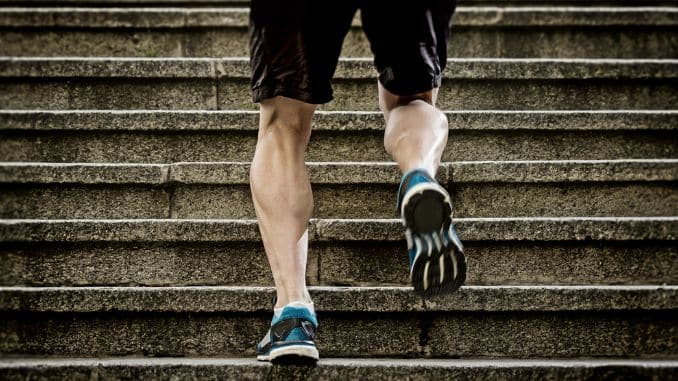
Performing the popliteus stretch is simple, and doing it right ensures you get the most benefits without any issues.
1. Popliteus Stretch
Begin in an upright standing position with your feet hip-width apart, maintaining good alignment with your head, shoulders, hips, and legs. Step your left foot forward, lifting your toes up and pressing your heel on the floor. Engage your core and bend your right knee as you hinge through your hips to move your upper body forward, reaching your arms toward your toes. Hold the position for several deep belly breaths, in through your nose and out through your mouth. Repeat the movement on the opposite side.
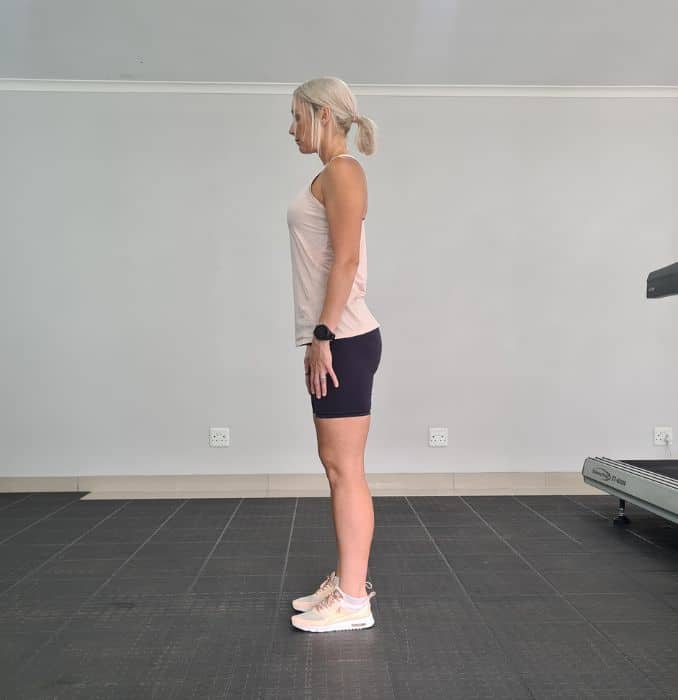 |
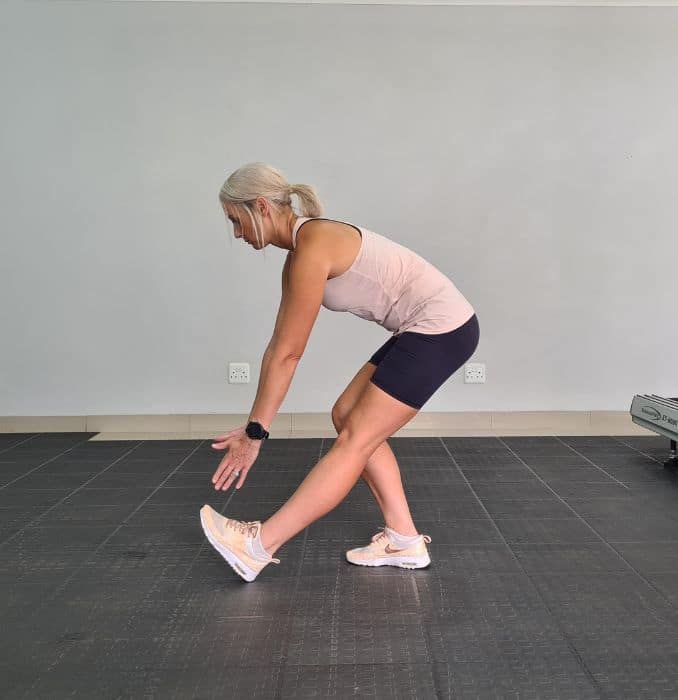 |
With the following recommendations, consider incorporating the popliteus stretch into your routine for optimal benefits and safety.
2. Frequency
- Regular Basis: Aim to perform the popliteus stretch 2 to 3 times per week.
- Post-Activity: Include the stretch as part of your cool-down routine after activities that engage the knee, such as running or sports.
3. Duration
- Hold for 15-30 Seconds: Hold the stretch for 15 to 30 seconds on each leg. This duration allows the muscles to gradually lengthen without causing excessive strain.
- Repeat 2-3 Times: Perform 2 to 3 repetitions on each leg, gradually increasing the stretch as you become more comfortable.
4. Alternative Popliteus Stretch
- Heel Slide Stretch
Lie on your back on the floor with your legs extended, maintaining good alignment with your head, shoulders, hips, and legs. Place your hands at your side. Tighten your abdominal area. Slowly bend one knee and slide your heel towards your seat, keeping your heel on the ground. Slide your heel back to return to the starting position. Repeat the movement with 10 repetitions before doing the movement on your opposite leg.
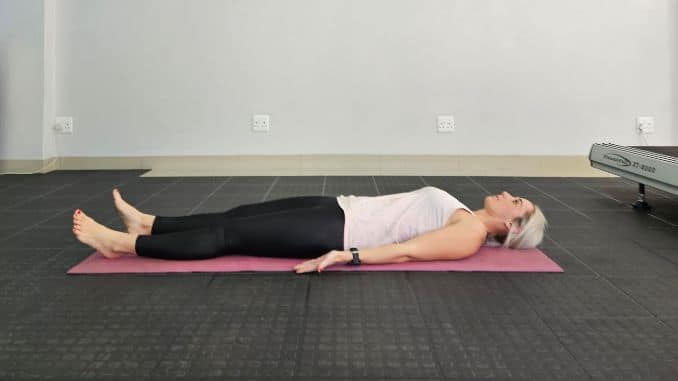 |
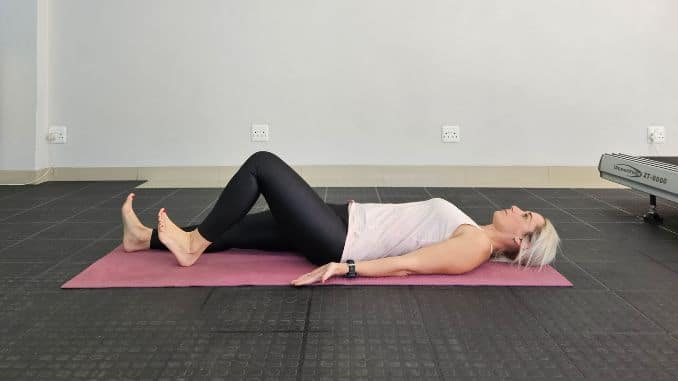 |
- Supine Hamstring Stretch With A Strap
For this exercise, you can use a strap or a belt.
Lie on your back on the floor with your legs straight, maintaining good alignment with your head, shoulders, hips, and legs. Tighten your abdominal area. Extend one leg upwards while keeping the other leg flat on the ground. Loop a strap around your extended foot and gently pull the ends of the strap towards your chest to straighten your extended leg. Hold the position for several deep belly breaths, in through your nose and out through your mouth. Repeat the movement on the opposite leg.
To intensify the stretch on the popliteus, rotate your foot inward.
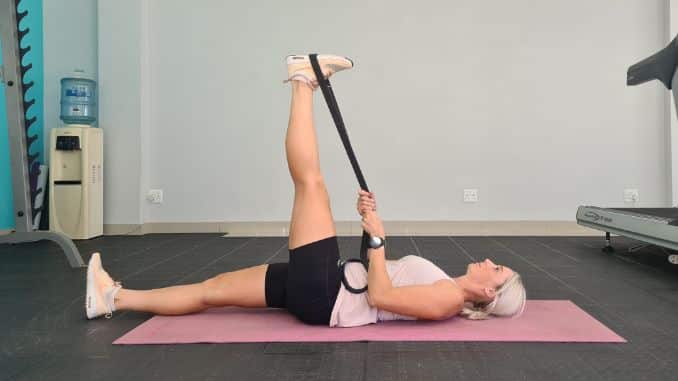
Common Mistakes To Avoid During The Popliteus Stretch
- Overstretching: Avoid pulling your ankle too forcefully toward your buttocks; a gentle stretch is effective without straining.
- Ignoring Pain: If you feel sharp or intense pain, stop immediately. The popliteus stretch should be mildly uncomfortable at most but not painful.
- Skipping Warm-up: Cold Muscles are less flexible and more prone to injury, so warm up before diving into the stretch.
- Poor Posture: Maintain good posture during the stretch. Slouching or hunching over can affect the effectiveness of the stretch and lead to discomfort.
- Neglecting Breathing: Remember to breathe consistently and avoid holding your breath. Deep, steady breaths can help enhance the effectiveness of the stretch.
- Rushing Through It: Take your time with each repetition. Rushing through the stretch may reduce its effectiveness and increase the risk of injury.
- Not Listening to Your Body: Everyone is different, so pay attention to how your body responds. Adjust the stretch accordingly or seek guidance if something doesn't feel right.
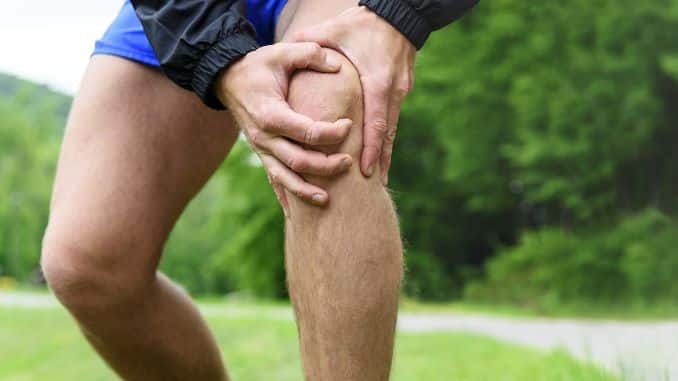
Conclusion
Adding the popliteus stretch to your routine can improve knee health and flexibility, reducing stiffness. Aim for 2 to 3 times a week to enhance knee mobility and make daily activities more comfortable. Include this stretch in your cooldown after activities that stress the knee to help relax muscles and prevent discomfort. Always perform this stretch mindfully to get the most benefit.
Are you ready to boost your knee strength and improve your mobility? Check out our latest guide on “10 Easy Movements For Stronger Knees.” Perfect for all fitness levels, these exercises will help you stay active and pain-free.

